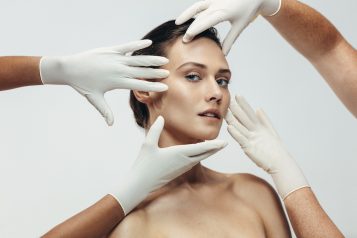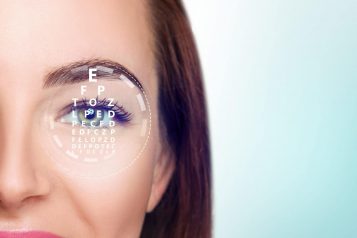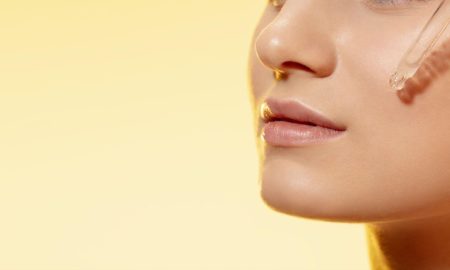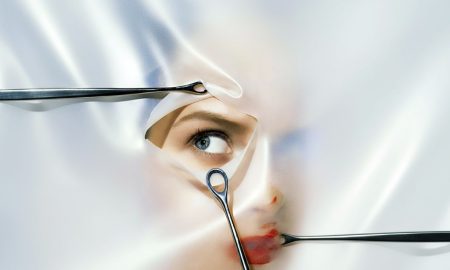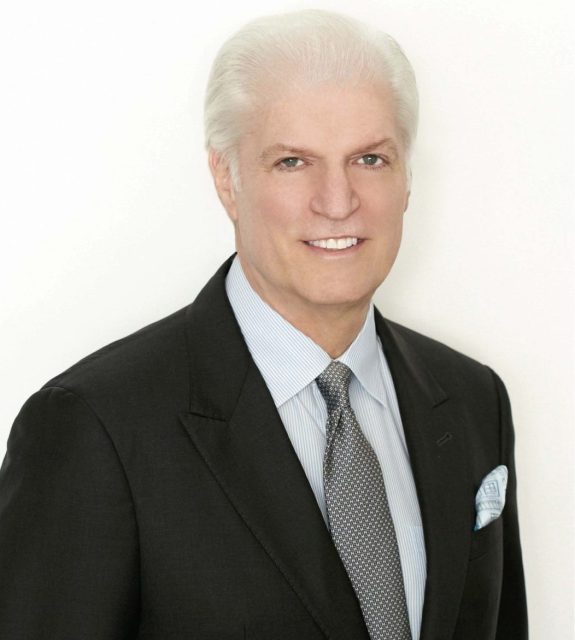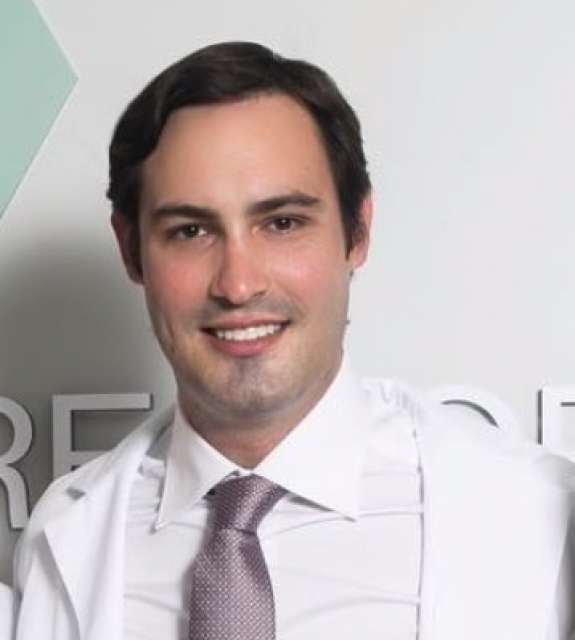Dr. Melissa Toyos is an oculofacial surgeon specializing in FUE (follicular unit extraction) hair and eyebrow transplantation, CO2 facial resurfacing, and sculpting faces with injectables. A summa cum laude graduate and board-certified Ophthalmologist, she is a partner at Toyos Clinic and formerly was a partner at one of the largest eye care practices in the country. Dr. Toyos is a national researcher and lecturer. She trains other doctors on surgical techniques as well as cosmetic procedures. Her clinical research has been instrumental in many FDA approvals. She is the former President of the Missouri Society of Eye Physicians and Surgeons. She has held various leadership positions with the AAO. Dr. Toyos has served as a mentor to young female surgeons, helping them understand how to balance a career and motherhood.
 Photo Credit: Shutterstock
Photo Credit: Shutterstock
COVID hair loss is REAL. At this point in the pandemic, most of us have been affected directly by COVID whether it was the OG COVID illness, Delta, or Omicron. For most of us, COVID was mild and short-lived, for some of us, COVID lives on in the form of hair loss or breakage.
Whether it was the stress of the illness, the fever or even just the anxiety of living through a global pandemic, it caused a temporary increase in the number of hairs in the brush or the bathroom floor. Here Haute Beauty expert Dr. Melissa Toyos discusses COVID hair loss.
The medical term for that kind of shedding is telogen effluvium. This occurs after a person experiences a traumatic event or loads of stress. In this case, COVID.
COVID hair loss can happen to men and women of any age. It occurs weeks to months after infection (sometimes even after vaccination). The hair loss can be all in the frontal hairline or diffuse across the scalp. Patients recover in time, with recovery taking anywhere from 6 months to a year or longer. The process can be quite distressing: literal clumps of hair in hair brushes, bathtub drains and on pillows.
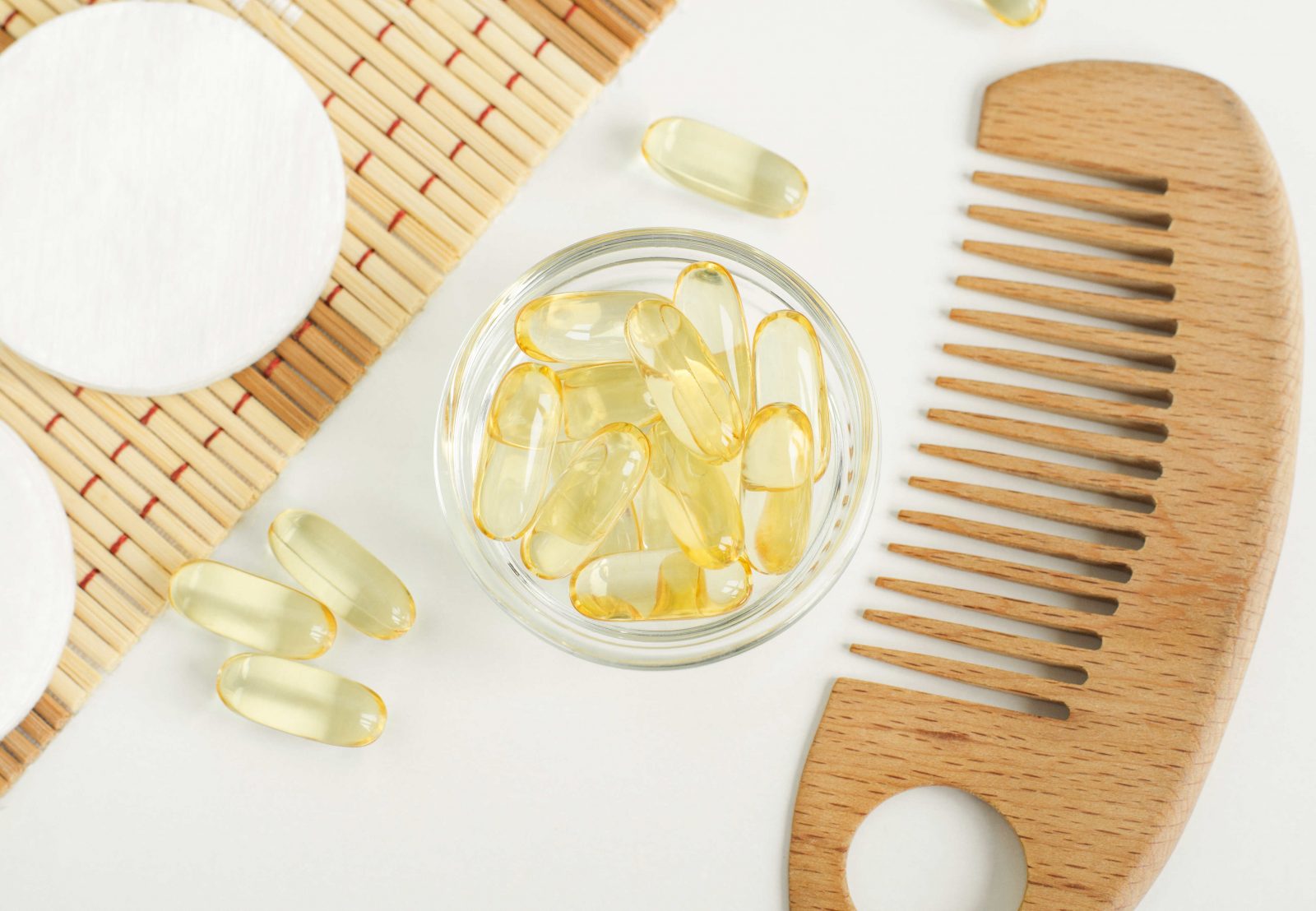 Photo Credit: Shutterstock
Photo Credit: Shutterstock
Hair loss treatment recommendations
Since most don't want to wait a year before seeing results, this is what I recommend to my patients dealing with COVID-related hair loss or even COVID-related changes in hair texture, including breakage:
- A good nutritional supplement for hair. The amino acids cysteine and methionine are known for improving hair growth as well as texture and can improve post-COVID breakage. Collagen supplements (the liquid is slightly better absorbed than the pills, but both are good) are helpful to ensure that your body has all the protein it needs to make hair. I recommend low-level light caps (CapillusPro is the strongest one and the only one I recommend) for an easy 6 minute way to jump-start stressed hair follicles and encourage regrowth with no side effects.
- If the situation is more severe, pre-menopausal women can look at the prescription medication spironolactone which provides a two-fer in that it can also help knock out hormonal acne while it grows hair and men and post-menopausal women can use finasteride to re-grow hair and reduce shedding. Rogaine or minoxidil is used to increase the diameter of the hair and improve the coverage of the scalp and I compound my minoxidil with other growth agents (nanomicellular retinol which doubles the effectiveness) and products like Latisse which makes all hair (not just eyelashes) longer, thicker (density is doubled!) and darker.
- There are many patients that have been struggling with low-level thinning and hair loss even before COVID and then COVID just put them over the edge. Those patients are signing up for FUE SmartGraft transplantation. The SmartGraft technology places one hair at a time, the way nature intended so that not even your hairdresser can tell the difference. It’s a minimally invasive procedure done in one day in the office with no linear scar, so no one has to know your business. Recovery is fast and the results are PERMANENT.
Call Dr. Melissa Toyos today for free in-person or online consultation at 901.800.6638.






